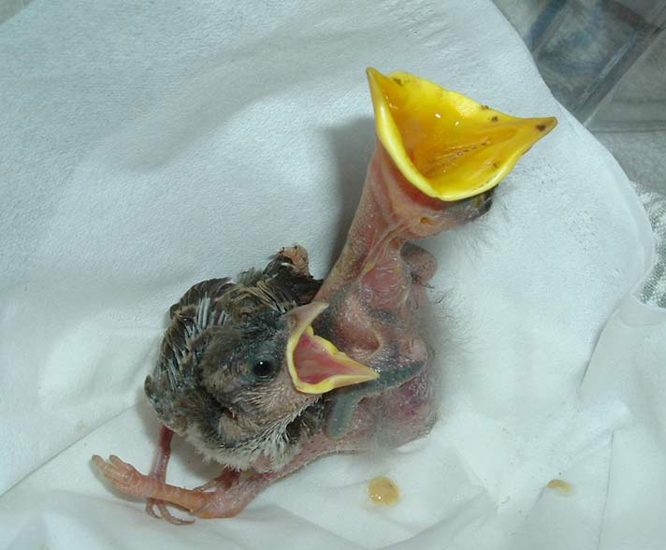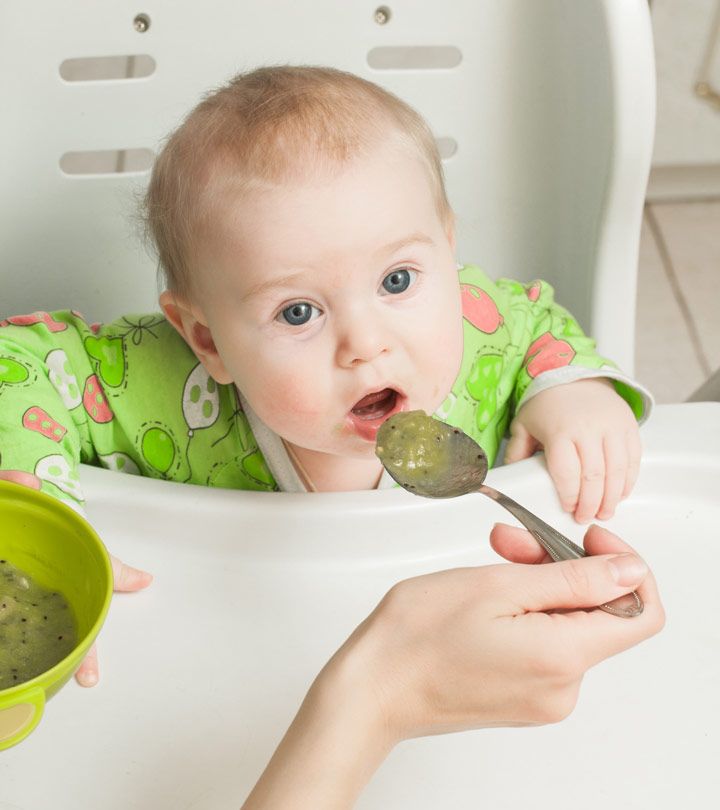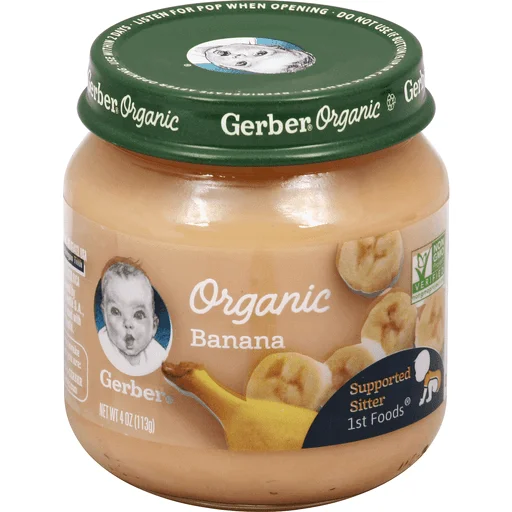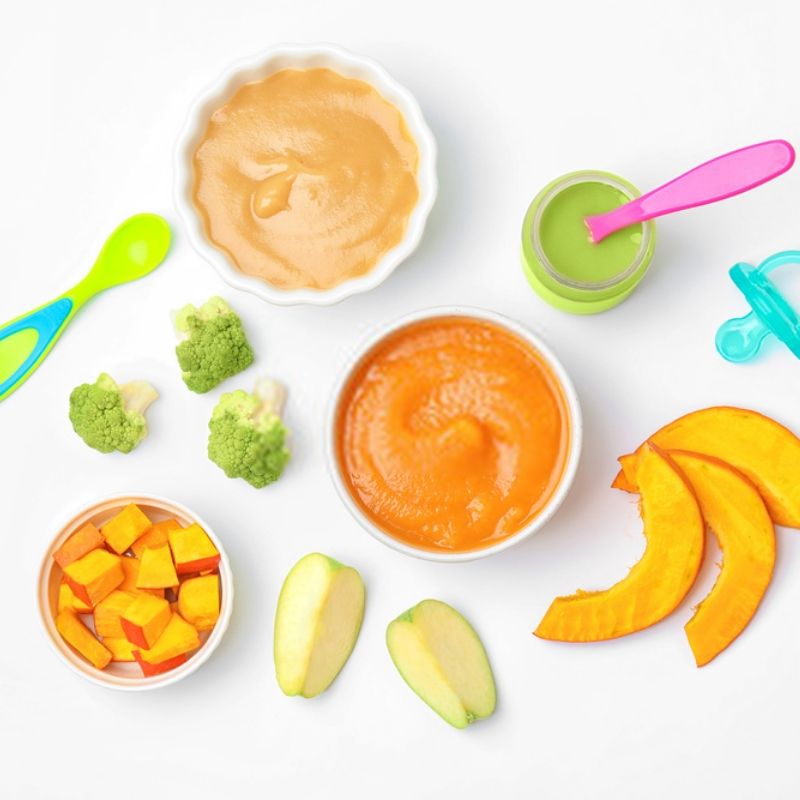Feeding babies food too early
Most babies are fed solid food too soon, study finds
Health news
By Linda Carroll
Most mothers may be starting their infants on solid foods months sooner than specialists recommend, mistakenly believing their children are old enough to graduate from breast milk or formula – but many say they’re simply following doctors’ orders, according to a study published today.
Parents should wait until their little ones are at least 6 months old before offering them solid foods, say many child-nutrition experts, including the American Academy of Pediatrics.
But researchers at the Centers for Disease Control and Prevention – who surveyed 1,334 new moms – discovered that almost 93 percent of those women had introduced solid foods to their infants before 6 months, that 40 percent did it before the 4-month mark, and that 9 percent had offered solids to their babies before they were even four weeks old, according to the study, published today in Pediatrics.
“Fifty percent said that their health care provider told them it was time to introduce solid food,” said Kelley Scanlon, a co-author of the study and lead epidemiologist in the nutrition branch in the division of nutrition, physical activity and obesity at the CDC.
“That, for us, indicates that health care providers need to provide clearer guidance and really support women in carrying out the recommendation,” Scanlon said.
Physicians' groups settled on the 6-month cut-off after earlier research determined that children who get solid food at too early might be at a greater risk for developing chronic diseases, such as diabetes, obesity, eczema and celiac disease, Scanlon said.
The mothers who volunteered for the CDC study filled out food diaries and questionnaires designed to ferret out their opinions on why and when solid foods should be offered.
Among the moms offering solid foods to infants younger than 4 months, the most commonly cited reasons for doing so included: “My baby was old enough;” “My baby seemed hungry;” “I wanted to feed my baby something in addition to breast milk or formula,” “My baby wanted the food I ate;” “A doctor or other health care professional said my baby should begin eating solid food;” and “It would help my baby sleep longer at night,” researchers reported.
What’s more, moms who fed their babies formula were far more likely to start solids too early versus those who exclusively breast-fed (53 percent versus 24 percent), the study showed.
One food expert unaffiliated with the CDC study suggested that some health-care providers may simply be unfamiliar with current baby-feeding recommendations.
“I think this is worrisome,” said Ann Condon-Meyers, a pediatric dietician at the University of Pittsburgh Medical Center and Children's Hospital of Pittsburgh. “I think it may show that word isn’t getting out that … it is 6 months before solid foods should be offered.”
Still, the study’s findings didn’t surprise Condon-Meyers, who added: “I work in pediatrics and we see a lot of early introduction of solid foods when we do patient histories.”
In addition to possibly boosting, a child’s risk for contracting certain chronic diseases, introducing solid foods too early often means babies don’t drink an adequate amount of breast milk or formula, and that can translate into poorer nutrition, Condon-Meyers said.
Breast milk and formula have all the nutrients and vitamins a baby needs and in the right proportions, Condon-Meyers said.
“If you start giving solid food too early then you are diluting the nutritional intake,” she said. “You’re getting more calories, but less of the nutrients a baby needs to grow.”
Related:
Most parents don't follow doctors' orders
Peanuts, eggs and milk OK for young babies, report claims
Child food allergies may be twice as common as thought
Linda Carroll
Over half of American babies are given solids too early
A recent study that investigated when infants are first given solid foods has found that more than half of babies receive non-milk products earlier than recommended.
Introducing babies to complementary foods, or anything other than breast milk or formula, too early can mean that a baby may miss out on important nutrients from milk.
Similarly, if complementary foods are introduced too late, there is an increased risk of allergies, micronutrient deficiencies, and a poorer diet during adulthood.
For these reasons, it is vital that guidelines are correct, understood, and adhered to by the majority of the population.
In the past 60 years, recommendations have shifted significantly. In 1958, for example, guidelines were released saying that babies should be introduced to complementary foods in their third month of life.
In the 1970s, however, this was pushed back to their fourth month. And in the 1990s, the timing was pushed back further to 6 months old, which is where it stands today, according to the American Academy of Pediatrics.
Given these fluctuations, the lack of adherence to current guidelines is perhaps unsurprising.
A study published this week in the Journal of the Academy of Nutrition and Dietetics delved into data from the 2009–2014 National Health and Nutrition Examination Survey. The researchers wanted to explore whether or not the current 6-month guideline was being adhered to.
The team was led by Chloe M. Barrera, of the Division of Nutrition, Physical Activity, and Obesity at the National Center for Chronic Disease Prevention and Health Promotion at the Centers for Disease Control and Prevention (CDC) in Atlanta, GA.
In total, data were taken from 1,482 children aged 6–36 months. Information was gathered through household interviews: the parent or guardian was asked at what age the child was given anything other than breast milk or formula. This includes sugar water, cow’s milk, and baby food.
The researchers found that only 32.5 percent of babies in the United States were introduced to complementary foods at around the 6-month mark. And, more than half of infants (54.6 percent) were introduced to complementary foods before 6 months of age.
Breaking it down still further, 16.3 percent received complementary foods before 4 months, 38.3 percent at 4–5 months, and 12.9 percent at 7 months or older.
Babies who were not breast-fed, or who were breast-fed for 4 months or under, were more likely to be introduced to complementary foods earlier than 6 months. This link remained significant even after controlling for various factors, including sex of the baby, age of mother, race, and smoking during pregnancy.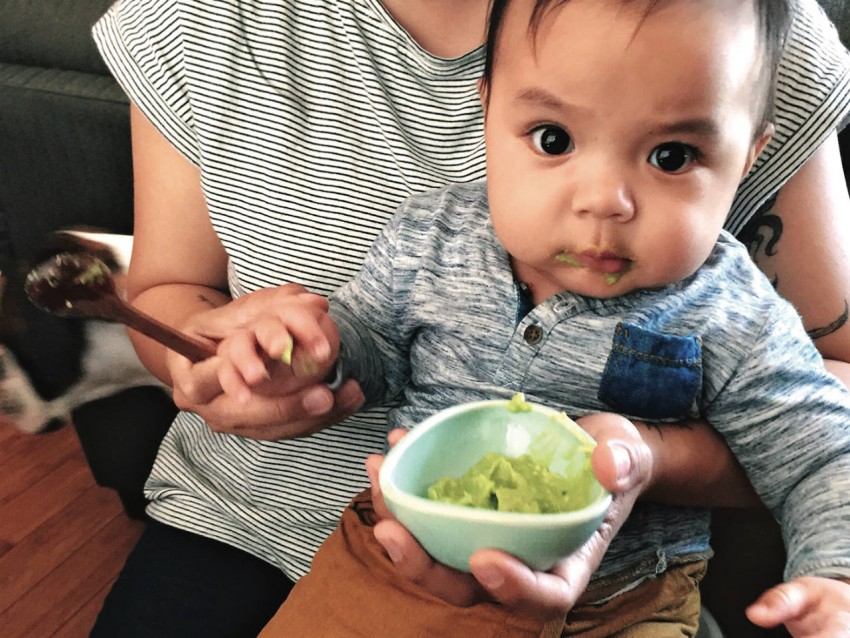
The findings give a snapshot of the current state of compliance in the U.S. Earlier studies found that 20–40 percent of children were introduced to complementary foods before 4 months.
However, these studies did not use a nationally representative sample, and some of them are now a decade old, which might explain the substantial differences in their findings.
Additionally, the older studies did not take into account the introduction of fluids other than milk or formula; they only focused on solids. This distinction is important, as the authors explain:
“The timing of when non-milk liquids are introduced is important to consider, as early introduction of non-milk liquids is thought to compromise adequate intake of nutrients that come from breast milk and infant formula, and reduce the duration of breast-feeding among breast-fed infants.”
The findings mark the first study to have looked at this question using a nationally representative dataset, and there is still a worrying deviation from the guidelines.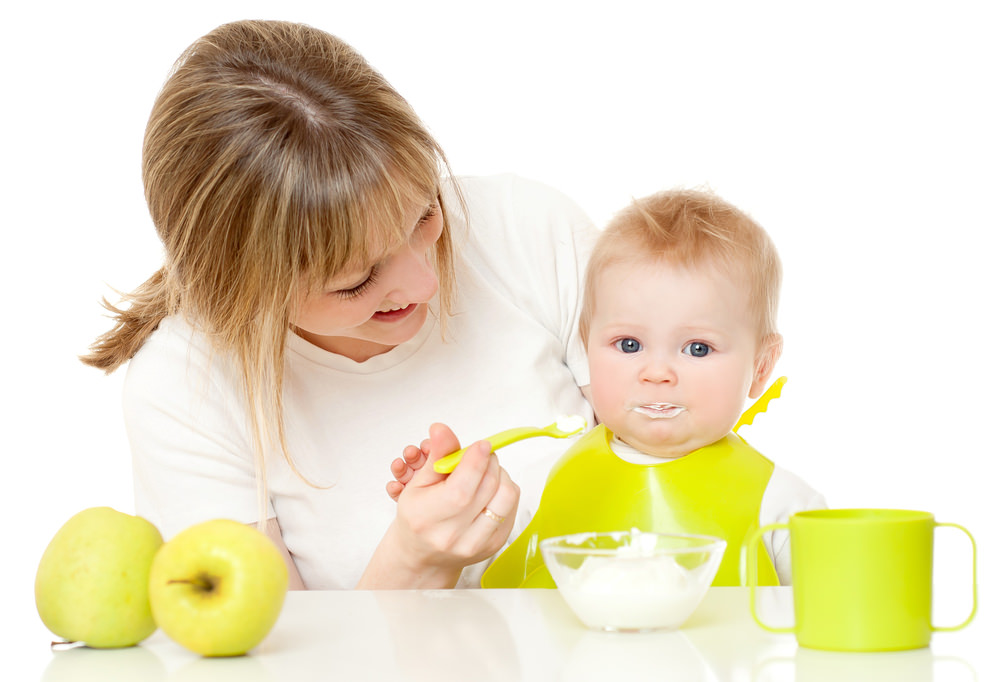
As the authors explain, “Efforts to support caregivers, families, and healthcare providers may be needed to ensure that U.S. children are achieving recommendations on the timing of food introduction.”
For the very first time, the U.S. Department of Agriculture and Department of Health and Human Services are writing federal dietary guidelines for children under 2 years of age. Barrera and colleagues hope that this might help to rectify the situation.
They write, “Inclusion of children under 2 in the 2020–2025 Dietary Guidelines for Americans may promote consistent messaging of when children should be introduced to complementary foods.”
Hopefully, as the message becomes clearer and the guidelines are disseminated more thoroughly, the gap between recommendation and reality will steadily close.
Nutrition of a child in the 2nd year of life: regimen, diet, menu, necessary products | Mamovediya
The child in this period of life grows intensively and therefore must receive nutrition that quantitatively and qualitatively satisfies the needs of his body.
Nutrition should be rational: balanced and consistent with the daily routine. Balance - the inclusion of all the necessary nutrients (proteins, fats, carbohydrates, vitamins, trace elements) in the appropriate proportions that the child's body can absorb.
Nutrition is considered rational if it meets the age needs of the child and is carried out according to the daily routine.
In addition, the so-called rational nutrition includes the culinary processing of food used for a given age, and the correct methodological methods of parents in the process of feeding a child.
The environment surrounding the baby during the meal, the appearance of the dishes served should excite the child's appetite.
Child's appetite is a state of organic need for food, expressed in the child's desire to eat. At the same time, an adequate positive attitude of the child to food is noted.
A good appetite, as a rule, depends not only on how well the menu is compiled, but also on the correct organization of the feeding process. To form and maintain a good appetite, parents must clearly know: what, when and how to feed the child.
To form and maintain a good appetite, parents must clearly know: what, when and how to feed the child.
How nice it is to feed a child who has a good appetite. It brings pleasure to adults and great benefits for the baby. However, very often it is necessary to observe cases of violation of normal appetite from small deviations (decrease in appetite, refusal of certain dishes) up to its complete absence (anorexia - as it is called in medical practice).
A child with a decrease or lack of appetite at the mere sight of writing or a reminder of food expresses protest, turns away, defends himself, tightly closes his lips and teeth. It looks like an unnatural negative reaction of the baby to food. Why does a child lose his appetite? Who is to blame for this? The reasons often lie in the wrong method of feeding (strong pressure on the child's tongue with a spoon, the child's lack of interest in food), in the negative sensations associated with eating (too hot food, poor taste), improper organization of the situation during feeding (distraction with a book, toy, punishment), etc.
Many parents, seeing a decrease in appetite, try to force-feed their child, but this further reinforces the child's negative attitude towards food and everything connected with it. This is strictly prohibited.
If a child suddenly lost his appetite, first of all think about whether you could have made mistakes in the process of upbringing and feeding, in especially persistent cases, you should consult a pediatrician.
During feeding, do not forget to introduce the child to the names of dishes (soup, cutlet, compote, etc.) and the properties of objects (food is tasty, sweet, sour, salty, hot, cold, a large spoon, a small one, etc.) .). In this way, the child will form the first ideas, concepts.
Eating processes should be organized in such a way that the child has a desire to eat. Before eating, you should arrange a calm pause after a long walk or noisy and active games.
You should not give your child new interesting toys shortly before feeding, and quickly take them away before eating. By doing this, you will cause a strong emotional reaction that will slow down food arousal and reduce appetite.
By doing this, you will cause a strong emotional reaction that will slow down food arousal and reduce appetite.
While eating with a child, one should only talk about what is connected with this process, concentrating his attention on food, developing the child's active participation in eating.
A child's appetite is increased not only by deliciously cooked food, but also by its beautiful design, attractive dishes specially painted for children. Children should only be seated at the table when food has already been served. You should not put all the dishes on the table at once, the child is distracted from the first dish, reaches for the third or second, as a result, the sequence of eating is disturbed. Remember that many violations in the health of the baby are associated with errors in his diet.
By the age of 1 year 3 months, the baby can already eat solid food with a spoon, and at 1 year 6 months he can eat any food - thick and liquid. Try to develop these independent skills and abilities, which are very important for later life, in your son or daughter. How joyful it is to look at a baby who skillfully takes food from a plate with a spoon, without mistake brings it to his mouth and actively removes it with his lips. Something, of course, still pours from the spoon past and remains on the lips or chin of the child, but these errors in eating will soon pass, and the baby will learn to carefully eat the entire portion. Remember that a large amount of food contributes to a decrease in appetite, and an insufficient one does not cause a feeling of fullness.
Try to develop these independent skills and abilities, which are very important for later life, in your son or daughter. How joyful it is to look at a baby who skillfully takes food from a plate with a spoon, without mistake brings it to his mouth and actively removes it with his lips. Something, of course, still pours from the spoon past and remains on the lips or chin of the child, but these errors in eating will soon pass, and the baby will learn to carefully eat the entire portion. Remember that a large amount of food contributes to a decrease in appetite, and an insufficient one does not cause a feeling of fullness.
A child of this age should be able to chew food. Make sure that he does not keep the pieces in his mouth for a long time, but swallows them in time.
A child of the 2nd year of life is fed 4 times a day with an interval of 3.5-4.5 hours. However, in the first half of the year, the baby can receive another fifth feeding - kefir or milk at 23-24 hours if he wakes up at night or at 6 o'clock in the morning.
Establishing rational nutrition is painstaking and very responsible work, but if you do it systematically, without giving "indulgence" to yourself and your child, then your reward will be good health and good physical development of the baby.
When compiling the menu, it is necessary to correctly distribute how much and what kind of food the child will receive during the day. Feed your baby 4-5 times a day. In the morning it is better to cook dairy dishes, lunch should always consist of soup, meat in the form of mashed potatoes or meatballs with a vegetable side dish, compote or jelly, fruits, kefir are given in the afternoon, a vegetable dish is prepared for dinner.
The one-time amount of food consumed in children of the 2nd year of life is different - up to 1.5 years, somewhat less than in the second half of the year.
Under no circumstances should children of this age be given food from the common table. This is very harmful.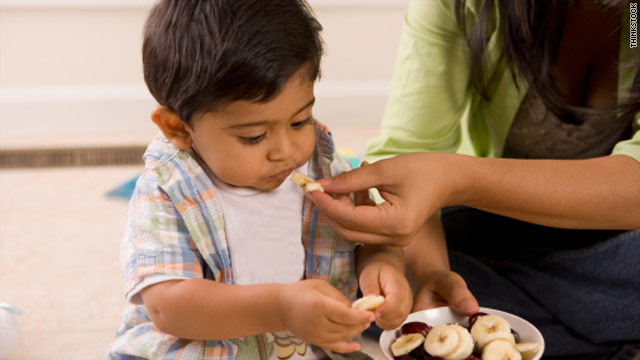 Malnutrition of a child older than a year will undoubtedly affect his health in the future. Injury by coarse food to the still unprotected mucous membrane of the child's stomach, the stressed state of the organs of the gastrointestinal tract lead to the formation of early gastritis, enteritis, cholecystitis and other diseases.
Malnutrition of a child older than a year will undoubtedly affect his health in the future. Injury by coarse food to the still unprotected mucous membrane of the child's stomach, the stressed state of the organs of the gastrointestinal tract lead to the formation of early gastritis, enteritis, cholecystitis and other diseases.
The menu can be diversified by replacing meat with cottage cheese, fish, eggs, introducing a variety of vegetable or cereal dishes, changing the culinary processing of food (mashed potatoes, cutlets, jelly, compote, etc.), improving its taste, adding greens (dill, parsley, celery, etc.).
If a dairy dish is served for breakfast, then in the afternoon you should feed the baby with vegetables and vice versa; if vegetable soup is prepared for lunch, then the second dish should be cereal, etc. To maintain appetite, make sure that meals are not repeated during the day.
This set of products does not have to be used every day, and it is practically difficult, for example, to measure 3 g of cheese for a child. It is important that during the week the proposed list of products be used in baby food. Therefore, cheese can be used once a week and immediately in the amount of 20 g (3 x 7, say, give the baby vermicelli with grated cheese for breakfast.
It is important that during the week the proposed list of products be used in baby food. Therefore, cheese can be used once a week and immediately in the amount of 20 g (3 x 7, say, give the baby vermicelli with grated cheese for breakfast.
A few words about food products intended for baby food, or rather, their brief description.
Milk and dairy products. Natural milk can be given to a child only after boiling. One-day kefir and cottage cheese are very useful. Milk should be boiled in a heavy-bottomed saucepan with the lid closed. When preparing dishes from milk (porridge, mashed potatoes), raw milk is added and allowed to boil once with ready-made cereals or vegetables. Milk must not be boiled twice. It should be remembered that excessive milk reduces the child's appetite, so milk should not be given to quench thirst instead of water.
Oils. In the diet of children of the 2nd year of life, both butter and vegetable oil can be used, and the amount of vegetable oil should not exceed 10-15% of the total amount of oil consumed per day (i. e., not more than 2 g per day) . Vegetable oil should be stored in a sealed container, protected from light and air. It cannot be boiled, so it is better to lay it in the finished dish. In the diet of children, it is not recommended to use refractory fats - beef, pork, cooking oil, and margarine.
e., not more than 2 g per day) . Vegetable oil should be stored in a sealed container, protected from light and air. It cannot be boiled, so it is better to lay it in the finished dish. In the diet of children, it is not recommended to use refractory fats - beef, pork, cooking oil, and margarine.
Meat and meat products. Lean beef, rabbit meat, chickens are useful for children You can use offal - liver, tongue, heart, brains, chicken giblets. Meat should not be soaked in water, as this transfers some of the nutrients into the water. The liver should be fried under the lid and given to the child in a puréed semi-liquid form. For children under 1.5 years old, meat, like other food, should be cooked pureed. This is due to the absence of chewing teeth in a child at this age, the underdevelopment of chewing muscles and the insufficient activity of digestive juices.
Fish and fish products. Children can only be given low-fat varieties of fish - hake, cod, sea bass, pike perch.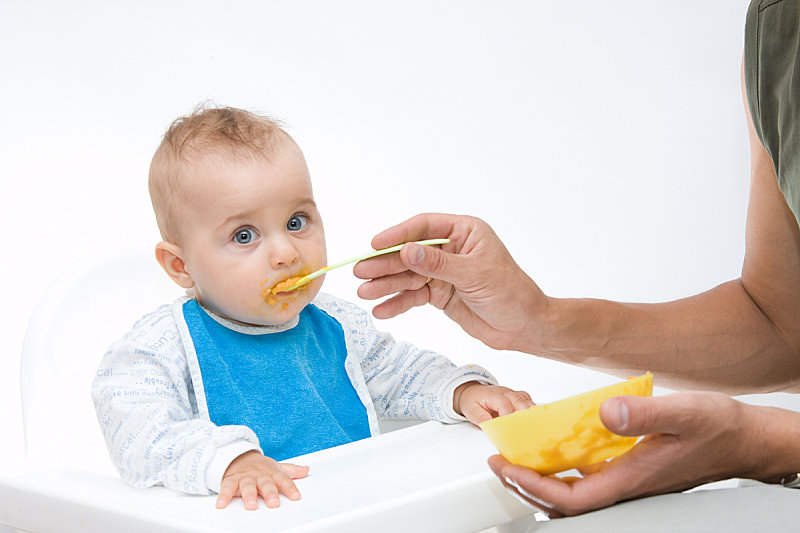 Fish is equivalent to meat in its nutritional properties, but, in addition, it contains trace elements important for the growth and development of the child (iodine, phosphorus, copper, etc.). Keto or sturgeon caviar should be treated with caution, as it can cause unwanted allergic reactions in children.
Fish is equivalent to meat in its nutritional properties, but, in addition, it contains trace elements important for the growth and development of the child (iodine, phosphorus, copper, etc.). Keto or sturgeon caviar should be treated with caution, as it can cause unwanted allergic reactions in children.
Eggs. It is recommended to give children only chicken eggs and be sure to boil them. Raw eggs should not be served, as they can be contaminated with pathogens due to the porosity of the shell, and raw protein is poorly digested in the stomach, and raw yolk can cause allergies. Duck, goose, and eggs of other birds are prohibited from being included in the children's menu.
Bread and bakery products. It is useful for children to give both rye and wheat bread. You can give bagels, bagels, crackers, by the way, children love them very much.
Cereals and pasta. The most valuable in terms of mineral composition are bean, buckwheat, oat and millet groats. But you can use their other types - semolina, peas, as well as pasta. The groats are boiled in water (oatmeal and buckwheat - for l '/g h, millet - 1 hour, semolina - 20 minutes), then unboiled milk is added, and after removing the porridge from the heat - butter and sugar to taste.
But you can use their other types - semolina, peas, as well as pasta. The groats are boiled in water (oatmeal and buckwheat - for l '/g h, millet - 1 hour, semolina - 20 minutes), then unboiled milk is added, and after removing the porridge from the heat - butter and sugar to taste.
Sugar and confectionery . In children's food - in tea, milk, cereals, compotes, kissels - you can add sugar, but in moderation. Remember that excess sugar is harmful to a child, as it can contribute to obesity or diabetes. Other sweets are recommended marmalade, jams, marshmallows, marshmallows, cookies, especially oatmeal, waffles. Do not give children cakes with rich creams, chocolates and chocolates, as well as lollipops, especially rounded ones.
Vegetables, fruits, berries, herbs. All these products are very useful for young children, because, in addition to vitamins, they contain fiber, organic acids, pectin, tannins and volatile substances, as well as minerals and trace elements. Raw vegetables can also be used in children's nutrition. At the same time, they must be thoroughly washed, poured over with boiling water, and then grated on a fine grater. Fruits and berries are best given fresh to a child, and raw juice should be added to a boiled fruit and berry dish. In the nutrition of children, you can use canned vegetables and fruits specially prepared for baby food, as well as compotes, juices, freshly frozen and dried vegetables and fruits. Boil vegetables and fruits in a saucepan with a lid to preserve as many vitamins as possible.
Raw vegetables can also be used in children's nutrition. At the same time, they must be thoroughly washed, poured over with boiling water, and then grated on a fine grater. Fruits and berries are best given fresh to a child, and raw juice should be added to a boiled fruit and berry dish. In the nutrition of children, you can use canned vegetables and fruits specially prepared for baby food, as well as compotes, juices, freshly frozen and dried vegetables and fruits. Boil vegetables and fruits in a saucepan with a lid to preserve as many vitamins as possible.
From 1 year to 1 year 3 months
You can be told about the methods of preparing various children's meals by a district nurse or a nurse in a healthy child's office in a children's polyclinic.
The menu for a baby at this age can be compiled as follows:
Breakfast
- Porridge (vegetable puree) -150.0
- Tea with milk (milk) -100.0
- Bread with butter Lunch
- Soup (vegetable, meat) —100.
 0
0 - Meat puree (patty) — 40.0
- Side dish (vegetable puree, vermicelli) — 50.0
- Compote (fruit juice) —100.0
- Cottage cheese - 30.0
- kefir (milk) with a bun of –150.0
- Fruits - 50.0
- Puree vegetable (porridge) –150.0
- milk -150.0
Second supper
- Kefir (milk) -150.0
Recall that the second dinner is provided for those children who wake up at 23-24 hours
From 1 year 3 months to 1 year 6 months vegetables, finely chopped in the form of a salad, seasoned with vegetable oil. This is a very healthy dish, because, in addition to the vitamins it contains, it makes the baby chew food thoroughly, which means it stimulates the development of the child's chewing apparatus.
The following foodstuffs can be included in the sample menu:
Breakfast
Porridge (vegetable puree) -150.
 0
0 Tea with milk (milk) -150.0
Bread with butter
3
Lunch
- Vegetable salad - 10.0
- Soup -150.0
- Cutlet (meat, fish, liver) - 50.0
- Garnish (cereal, vegetable) - 80.0
- Compote -100.0
- Snack
- Cottage cheese — 50.0
- Fruits –100.0
- Tea with cookie --150.0
Dinner
- Vegetable puree (porridge) –150.0
- kefir (milk) –150.0
of 1 year from 1 year old from 1 year from 1 year 6 months to 1 year 9 months
Do you consider a child's taste? Children very early begin to distinguish tasty food from tasteless, they have favorite and unloved dishes. Try not to include foods that are vital for the development of the child's body.
Sample menu for a child of this age.
breakfast
- Gate carrot - 30.0
- Dairy porridge --150.0
- Tea with milk –150.
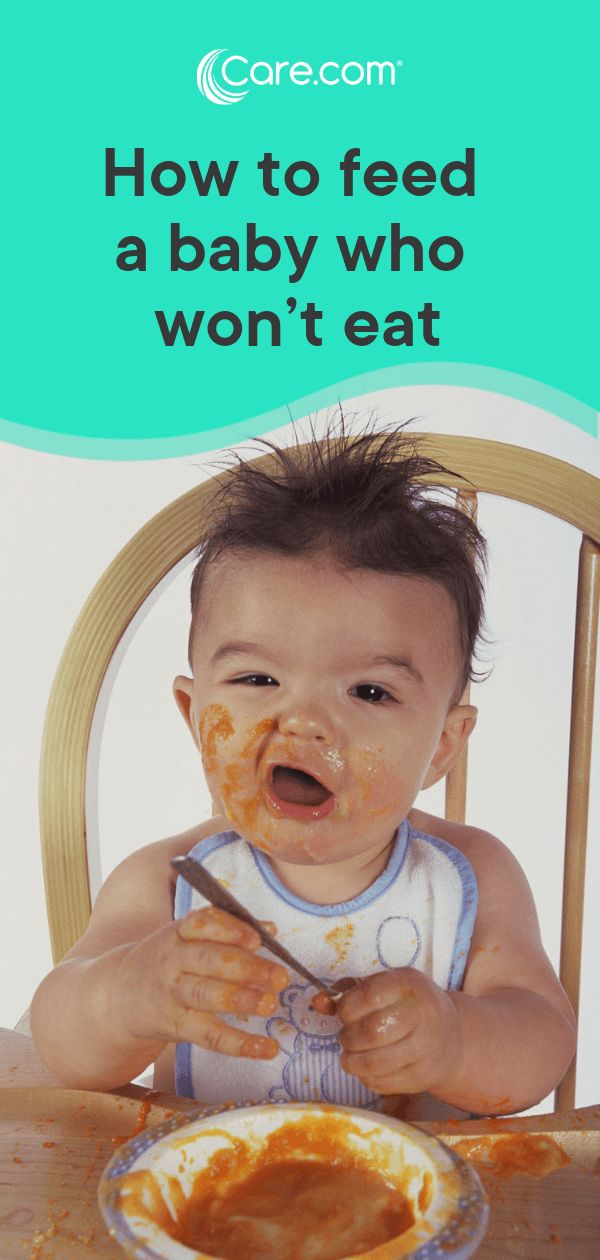 0
0 - Bread with oil
- Soup (vegetable, meat) —100.
- Salad from vegetables - 40 ,0
- Soup (shchi, borscht) -100.0
- Meat puree (patty) - 60.0
- Garnish (vegetable, cereal) -100.0
- Fruit juice -100.0
- kefir with a bun --200.0
- Fruits –100.0
Dinner
- Puree vegetable (porridge) —200.0
- Milk (kefir) –150.0 9000 9000 9000 From 1 year 9 months to two years
- In the intervals between feedings, the child can be given a drink (no more than 100 g) of water.
Children's food in this age period can be liquid, semi-liquid, steamed, and also in the form of pieces (for the development of the child's chewing apparatus). The kid should equally willingly eat any food, no matter in which of the listed types it is served. We recommend the following menu:
We remind you that in order to prevent allergies, it is better to exclude chocolate from the child's diet, limit the consumption of foods that are high in carbohydrates, such as condensed milk, honey, sweets, and confectionery.
The child's food should be varied, full of vitamins. In addition to the well-known sources of vitamins, you can also use such as mountain ash, wild rose, various vegetable mixtures (turnip, rutabaga, lettuce) and greens (dill, parsley, celery), which not only enrich the nutritious diet, but also decorate dishes, which attracts children and stimulates their good appetite.
It is desirable that parents feed the child at the same time and try to form the right attitude to food in the baby from an early age and teach the culture of behavior at the table.
5 easy ways to transfer a child to an adult table: from mashed potatoes to pieces
How to transfer a child to an adult table, what are the rules for healthy nutrition of a child after a year and how to teach a baby to chew: read about this and much more in our material.
Most often, by the age when grown-up babies have already learned to sit on their own, they show interest in the parent's table. Sometimes, with great zeal, they strive to try everything that is on the plate of their parents or brothers and sisters. And if they managed to get a trophy in the form of adult food, they not only try it “by the tooth”, but they can also smear it on the table or throw it on the floor.
Sometimes, with great zeal, they strive to try everything that is on the plate of their parents or brothers and sisters. And if they managed to get a trophy in the form of adult food, they not only try it “by the tooth”, but they can also smear it on the table or throw it on the floor.
And now there comes a moment when every parent dreamily thinks that soon there will be no need to prepare a “special menu” for the youngest member of the family and everyone will finally eat the same thing. But when does this time come?
When is the right time?
Experts agree that there are no clear boundaries, because every baby develops at his own pace. Coordinating the work of all the muscles of the oral cavity and chewing hard pieces can be still difficult for babies. At the first stage of acquaintance with complementary foods, it is better to use homogenized purees, then - products with a puree-like consistency, and later - with pieces. Often at 8-9months, children try to gnaw everything that gets into their mouths, and they usually already have several teeth, and all this suggests that the structure of food can be complicated. Let's see how.
Let's see how.
5 easy ways to transition your child to adult meals
1. Take it slow and encourage interest
Starting with mashed potatoes, slowly but steadily add thicker foods to your diet. At the age of 6 months (it all depends on the pace of development of your baby and his physiological characteristics, for example, on the number of teeth), you can safely treat children to special children's cookies.
It will also be useful to observe the food interest of the baby - to notice that he himself is drawn to some adult food.
Be sure to tell us about the taste, texture, color of the product.
Photo: shutterstock / Katrina Era2. Create a special atmosphere at the table
It is very important for kids to follow the regime - eat at the same time, do it in your place and preferably with your children's appliances from your dishes, and, of course, in your chair. This disciplines, allows the gastrointestinal tract to work by the hour.
Baby chairs are ideal for feeding your baby. First of all, it is safe, but do not forget that the child must always be fastened. Show by your own example how to use cutlery, because kids repeat everything after adults.
Make family breakfasts, lunches or dinners (and conversations) a special time. Time at the table is the time of communication, let it be a good tradition and remain in the memory of the child.
3. Choose special products to transition to an adult table
During the transition to adult food, unfamiliar food may seem tasteless, the child may think that you are giving him something inedible. One of the best transition options would be a special combined puree, for example, the FrutoNyanya line with pieces of meat and vegetables, which will introduce the baby to a new consistency and help stimulate chewing skills due to the pieces of vegetables and crushed grains contained there. In addition, each jar of this line contains 12% of the physiological needs of the baby (aged 9months) in iron.
4. Cook meals that are suitable for the whole family
Cooking for the whole family is a great idea. The main rule: your diet should be suitable for the child, which means a minimum of salt and spices. Introduce baby vegetable "soups", boiled or steamed vegetables, lightly crushed with a blender or mashed with a fork, into the child's diet. You can give your child to try different foods with pieces. And if he doesn't like it, offer again in a couple of weeks. It is important here not to miss the moment, but also not to rush: if you start introducing thicker and solid foods into your baby’s diet too early, this can lead to eating disorders and other problems.
5. Avoid watching cartoons and using gadgets while eating
It is important to be patient and not distract your child with cartoons and gadgets. So he will be able to feel the taste of food and learn to enjoy the process of eating - both in the present and in the future.





